Related Research Articles

Pierre Bruno Hugo Fontana, otherwise known as Hugo del Carril, was an Argentine film actor, film director and tango singer of the classic era.
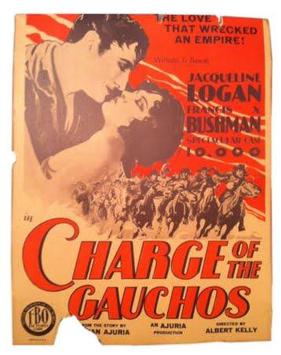
The Charge of the Gauchos is a 1928 American-Argentine silent historical film directed by Albert H. Kelley and starring Francis X. Bushman, Jacqueline Logan, and Guido Trento. Bushman plays Manuel Belgrano, one of the leaders of the 1810 May Revolution. The film's Spanish title refers to a line from the Argentine national anthem. It was made as a patriotic endeavor designed to boost the small Argentine film industry, but with enough action and romance to appeal to international audiences particularly in the UK and the United States. The film was also released under the title The Beautiful Spy.

Three Men of the River is a 1943 Argentine crime drama film directed by Mario Soffici and starring Elisa Galvé and José Olarra. The film is based on an old Argentine legend about an Aztec girl who is raped and murdered by vandals and dumped in a river. A flower blossoms at the place in which she was killed and misfortune falls upon the culprits.
Santiago Arrieta was a Uruguayan film actor, also known as Santiago Donadío. After emigrating to Argentina, Arrieta appeared in 26 films between 1935 and 1962.

Domingo Sapelli (1895–1961) was a Uruguayan stage and film actor. After emigrating to Argentina he appeared in around fifty films during his career.
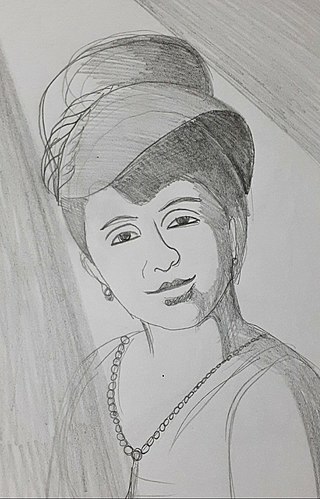
Angelina Pagano (1888–1962) was an Argentine stage and film actress. Pagano appeared in eighteen films, but was best known for her stage acting and work as a theatre director. She was born on December 3rd, 1888, and died on June 9, 1962

Vicente Padula was an Argentine film actor. Padula moved to the United States, and appeared regularly in Hollywood films. He also made films in Mexico. Padula was a friend of the Argentine film star Carlos Gardel and appeared in several of his American films including Suburban Melody (1933) which was one of the highest-grossing film in their native Argentina that year.
Felisa Mary (1892–1956) was a Spanish-born Argentinian film actress. She appeared in more than forty films during her career, which coincided with the Golden Age of Argentine Cinema.
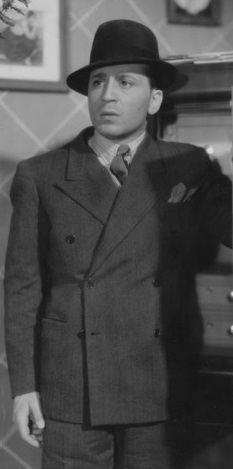
Pedro Maratea was an Argentine film actor.
Sebastián Chiola was an Argentine film actor. In 1945 he won the Silver Condor Award for Best Supporting Actor for his performance in the thriller The Corpse Breaks a Date (1944).

Froilán Varela (1891–1948) was a Uruguayan stage and film actor. He spent most of his life in Argentina, where he appeared in twenty two films including the historical Savage Pampas (1945) for which he won the Silver Condor Award for Best Supporting Actor.
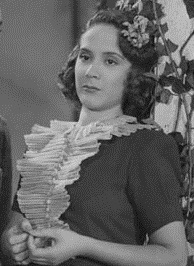
María Esther Gamas was an Argentine stage and film actress. She appeared in 20 films, including Savage Pampas (1945), and was one of the stars of the Golden Age of Argentine Cinema.
Roberto Fugazot (1902–1971) was a Uruguayan tango singer and film actor. Fugazot appeared in eighteen films including Savage Pampas (1945). He was the father of Diana Cortesina. He was married to the actress María Esther Gamas, with whom he had a daughter María Rosa Fugazot who also became an actress.
Juan Bono (1893-1979) was an Argentine stage and film actor. He appeared in eighteen films during his career, most during the Golden Age of Argentine Cinema.
Aurelia Ferrer was an Argentine film actress. She appeared in around forty films, generally in supporting roles.

Lucio Demare was an Argentine composer who worked on a number of film scores. He was the brother of the film director Lucas Demare, and scored several of his films.
César Fiaschi (1891–1954) was an Argentine film actor.

Elsa O'Connor (1905–1947) was an Argentine stage and film actress.
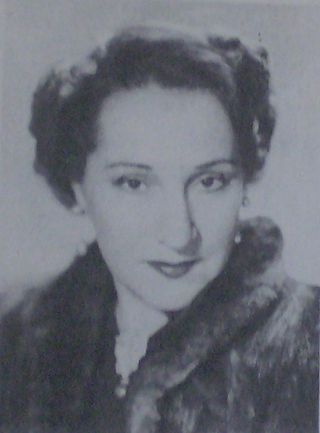
Eva Franco (1906–1999) was an Argentine stage, film and television actress.
Pampa Film was an Argentine film production company that was active in the 1930s and 1940s. It is known for its classic Prisioneros de la tierra (1939).
References
- ↑ Finkielman p.46